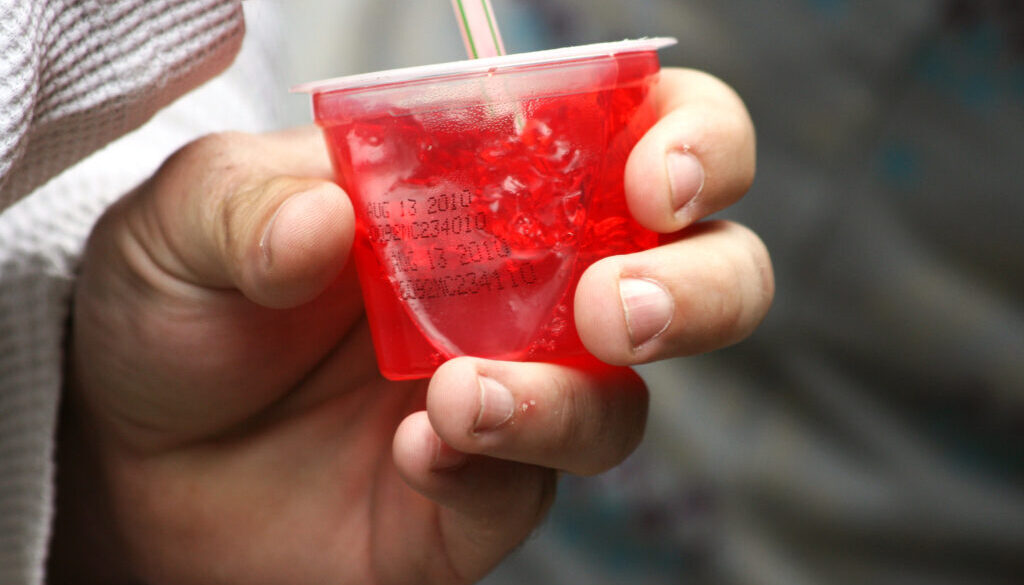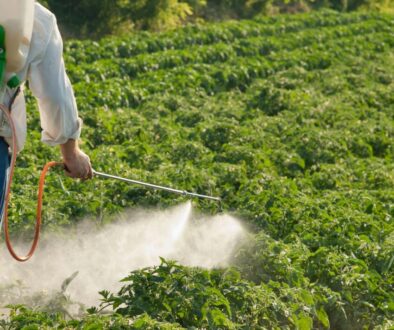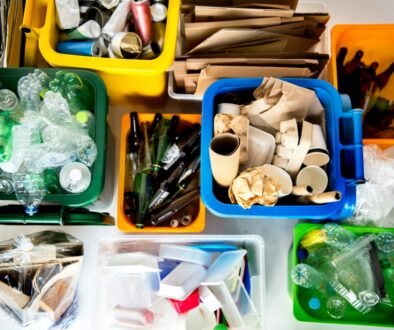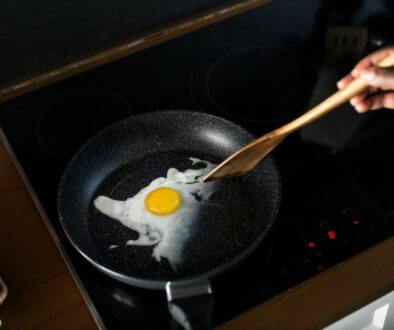Kraft Heinz to remove synthetic dyes from all products by 2027
Listen to the audio version of this article (generated by AI).
Kraft Heinz, the food giant behind dozens of popular brands including Oscar Mayer, Jell-O, Velveeta and Kool-Aid, will not launch any new foods with synthetic dyes and will remove the dyes from its current products by the end of 2027, the company said Tuesday.
It is the first major food company to officially commit to phasing out the use of Food, Drug & Cosmetic (FD&C) colors after the Department of Health and Human Services (HHS) and Food and Drug Administration (FDA) announced in April that it wanted a “voluntary” commitment from food makers to rid the US food system of synthetic dyes.
FD&C refers to a group of synthetic dyes currently approved for use in food. The dyes are commonly found in candy, sodas, cereals, sports drinks and other highly processed foods, but also show up in unexpected items like casserole mixes, yogurts and salad dressings.
Kraft Heinz will be “mobilizing a team” to remove colors, replacing some with natural dyes and, in some cases, “reinventing new colors and shades where matching natural replacements are not available.”
The company estimates the changes will impact about 10% of its products.
“The vast majority of our products use natural or no colors, and we’ve been on a journey to reduce our use of FD&C colors across the remainder of our portfolio,” Pedro Navio, North America President at Kraft Heinz, said in a statement. “Above all, we are focused on providing nutritious, affordable, and great-tasting food for Americans and this is a privilege we don’t take lightly.”
Navio added that the company removed artificial colors from Kraft Mac & Cheese in 2016, and Heinz Tomato Ketchup already gets its color from tomatoes.
“The vast majority of our products use natural or no colors, and we’ve been on a journey to reduce our use of FD&C colors across the remainder of our portfolio.” – Pedro Navio, Kraft Heinz
HHS Secretary Robert F. Kennedy Jr. targeted synthetic dyes as research has linked the chemicals to children’s behavioral issues, including risk for Attention Deficit/Hyperactivity Disorder (ADHD). In the HHS April announcement, Kennedy and FDA Commissioner Marty Makary vowed to revoke authorization for two food dyes (Citrus Red No. 2 and Orange B), work with industry to eliminate six other synthetic dyes by the end of next year and authorize new natural color additives, which they did in May.
The moves are part of a broader push by Kennedy to improve the food system and reduce chemical exposures tied to chronic diseases in children.
Removing synthetic dyes is “not a silver bullet that will make American children healthy, but is one important step,” Makary said at a press conference in April announcing the changes.
While Kraft Heinz is the first company to release an official statement on removing dyes, PepsiCo told investors in April that brands like Lays and Tostitos would be made without artificial colors by the end of this year, and that the company expects to offer consumers natural color options for its entire portfolio of products within the next couple of years.
Some food industry representatives have warned that removing synthetic dyes will be a challenge, citing likely disruptions to supply chains, recipes and manufacturing processes and cost increases. They also warn that limited supplies for high-demand natural foods would benefit larger companies who can sign larger contracts, but smaller companies could struggle more with the change.
(Featured photo by Quinn Dombrowski/flickr)



